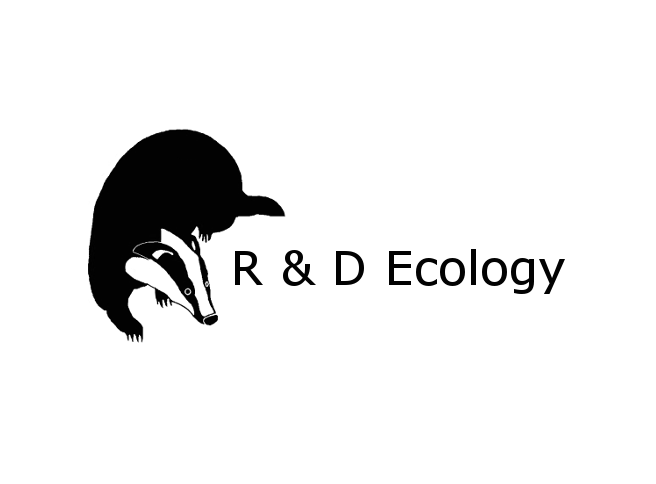Blog
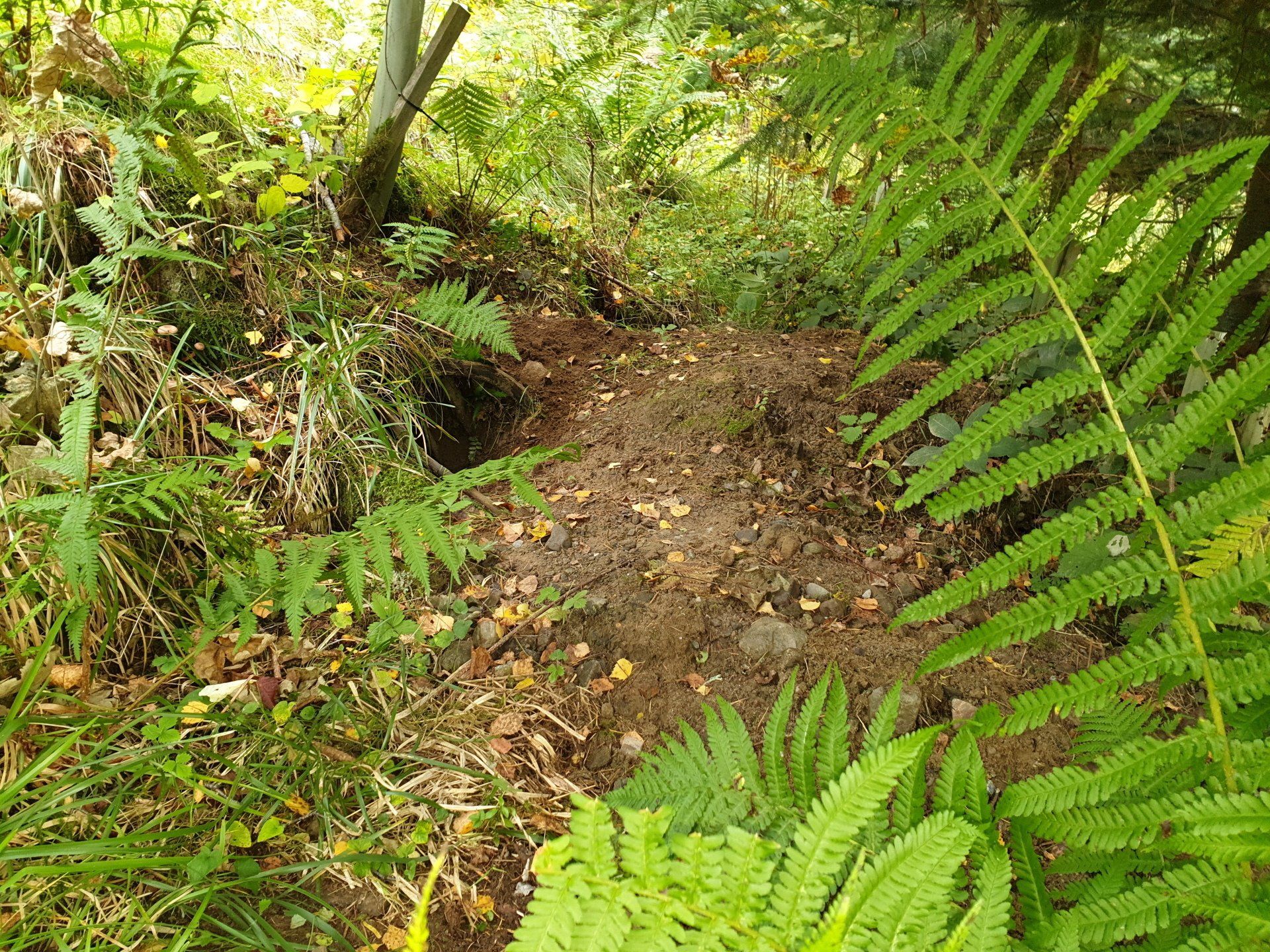
Scotland’s badgers are the most protected badgers in the UK. Badgers and their setts are protected under the Protection of Badgers Act 1992 as amended by the Wildlife and Natural Environment (Scotland) Act 2011. This makes it an offence to: wilfully taking, injuring or killing a badger cruelty to a badger intentional or reckless interference with a badger sett sale or possession of a badger marking or ringing of a badger Interfering with a badger sett includes: damaging or destroying a sett or any part of it obstructing access to a sett disturbing a badger while it is in a sett causing or allowing a dog to enter a badger sett A sett is defined as ‘any structure or place which displays signs indicating current use by a badger’. Most social groups of badgers have a number of setts within the territory that they use. Both Dawn and Rhys are active members of Scottish Badgers (a charity aimed at promoting the study, conservation and protection of badgers, their setts and their natural habitat in Scotland). The Scottish Badgers website has a number of excellent resources if you are interested in learning more about badgers, would like to donate towards the conservation and protection of badgers, or would like to report a badger sighting (dead or alive) or a sett / incident. Licences may be issued from NatureScot which allow otherwise illegal activities to be carried out, for example, working in proximity to a sett or sett destruction. Licensing allows named individuals to carry out actions that could otherwise constitute an offence. If you’re planning any activities that could affect badgers or their setts, you must make sure you stay within the law. Contact R & D Ecology to discuss your projects requirements.
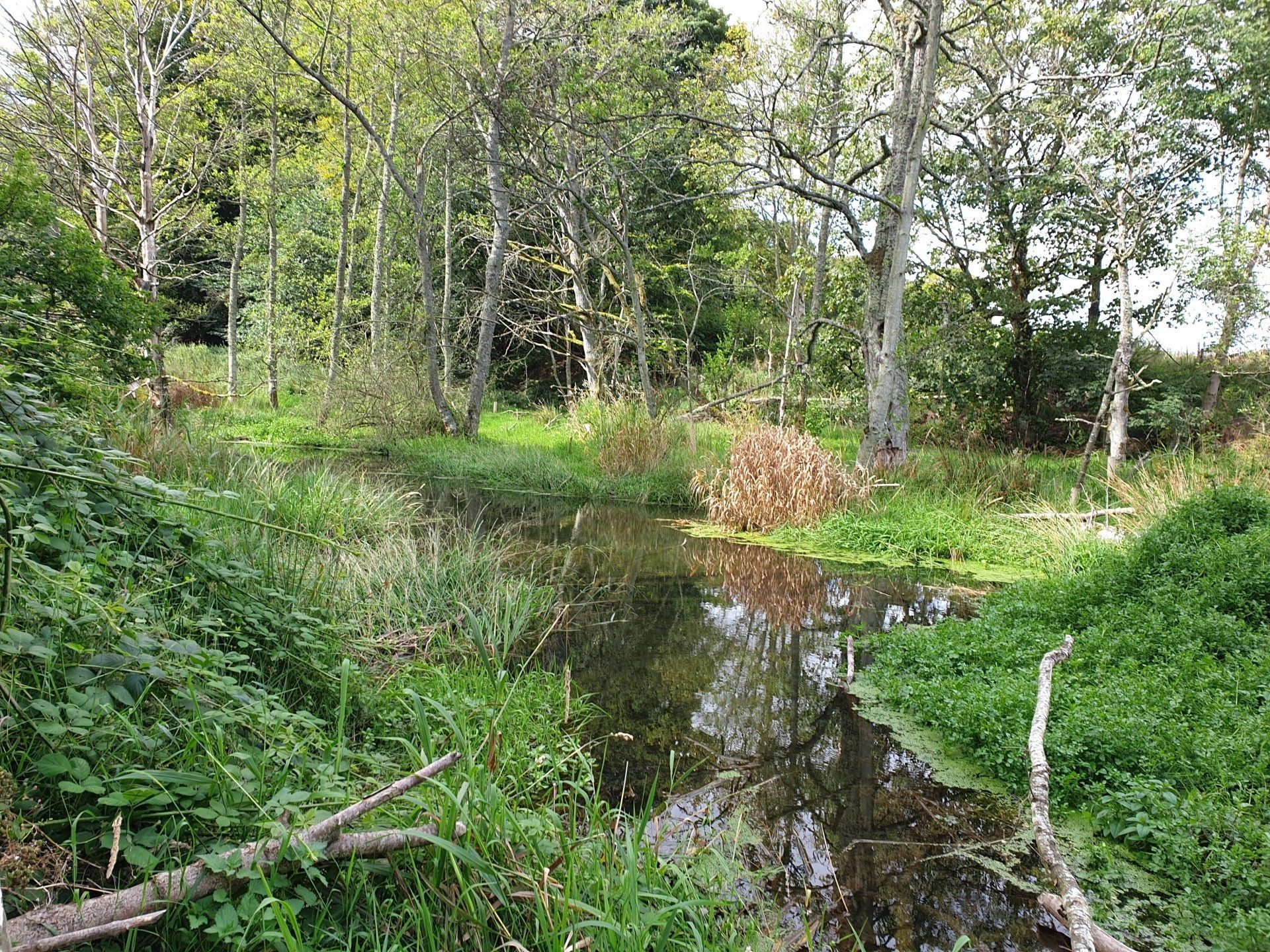
Wild beavers in Scotland are protected by law as a European Protected Species, which came into force on 1st May 2019. Beavers spend a large amount of their active time in the water foraging and maintaining their territories. They are strong swimmers and can move rapidly through water for short distances if they feel threatened. Although they are generally slow and cumbersome on land, they can run fast over short distances. This species live in family groups comprising of an adult breeding pair, plus their offspring from the current and previous years litters. They are completely herbivorous, consuming a wide range of bark, shoots, leaves (from woody, herbaceous and aquatic vegetation). This species are well known for felling trees, building dams, canals, pools and other water features, creating a diverse range of habitats. These range of habitats can lead to an increase in biodiversity of flora and fauna species, and can have a significant positive impact for a variety of wildlife including water vole, otter, fish, birds, amphibians, reptiles and much, much more! These photos are from a recent beaver survey, showing the positive impacts beavers can have on the local landscape. Their reputation for felling trees and creating dams often cause a lot of conflict with landowners, particularly where these occur within prime agricultural land. It is therefore important not only to understand the benefits that beavers can bring, but to also accept that their presence can lead to conflict, especially with land-use. There are a number of mitigation measures that can be implemented to prevent unwanted impacts from beavers, which can vary depending on the site and exact impacts. Fell free to contact R & D Ecology, as we would be happy to discuss this further if you have any questions.
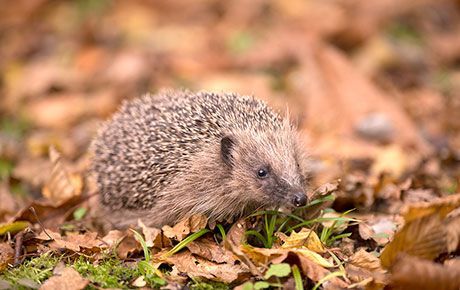
Hedgehogs are a welcome visitor to gardens as a large part of their diet is made up of invertebrates, with the most important invertebrates for them being worms, beetles, slugs, caterpillars, earwigs and millipedes. They are not only found within our gardens, but are present in most parts of Britain, with he exception of very wet areas and extensive pine forests. however, they are also scarce in upland areas such as moorlands and mountainsides. Hedgehogs thrive in mosaic of hedges, fields and woodlands that characterise the British countryside. These are ideal nest sites, providing a good supply of food, protection from predators and corridors to move along. Hedgehogs are one of the few mammals that are true hibernators. During hibernation hedgehogs are not actually asleep. They drop their body temperature to match their surroundings and enter a state of torpor. This allows them to save a lot of energy but slows down all other bodily functions making normal activity impossible. Hedgehogs usually hibernate from October/November through to March/April. Research has shown that each individual is likely to move nesting sites at least once during this period and so can sometimes be seen out and about. During mild winters hedgehogs can remain active well into November and December. Sadly hedgehog populations in the UK have declined by approximately 50% over the past couple of decades. Although the reason for their dramatic decline is not fully understood, it is known that a number of factors attribute to their decline including: Loss of habitat - including hedgerows, farmland, grasslands and woodland. Habitat fragmentation and loss of commuting corridors - not only due to loss of hedgerows and other habitats, but through the erection of fences round gardens etc, which inhibit the movement of hedgehogs. Use of pesticides in farmland and gardens (including slug pellets) - this not only reduces the volumes of potential prey for hedgehogs to eat, but is also ingested by the hedgehogs when feeding on affected insects. People's Trust for Endangered Species and British Hedgehog Preservation Society together run the Hedgehog Street Campaign. One way you can get involved is by submitting your recordings through their website at: https://bighedgehogmap.org/ There are also many ways that you can support hedgehogs in your garden. Hedgehog friendly garden features including log piles - these provide a safe and secure site for breeding or hibernating hedgehogs, and also insects, providing a yea round food supply for hedgehogs. compost heaps - Compost heaps can create good nesting sites for a hedgehogs (and other wildlife). Open air composting is also great for insects (hedgehog food). leaf piles - Not only can leaf piles be used as a potential nesting site but they can also be used for bedding material for any other nest sites or hedgehog boxes in the surrounding area. wildflower patches - attracts insects ponds - provides a water supply for drinking, as well as attracting food sources for hedgehogs. Although they are excellent swimmers, please make sure there is a gently sloping edge (or stones/logs) to your pond to allow them to escape. hedgehog homes - Although several of the features outlined above can support breeding and hibernating hedgehogs, they will also use specially built hedgehog homes. feeding stations - Feeding stations can be put into gardens to supplement a hedgehogs diet (not to replace it) especially during colder or drier periods, when insects can be much scarcer in gardens. Specially made hedgehog foods both in dry and moist kibble varieties now exist and can be bought from most local pet and garden stores. Hedgehogs will also relish any combination of meat-based wet dog or cat foods as these are high in the protein that they need. Just remember, they will be getting most of their food from insects and worms in the wild, and this food is only supplementary. Hedgehogs are lactose intolerant so please do not give them milk, and as bread is low in energy it is best not to feed this to them. When putting out food, other wildlife may be attracted, so it is worth creating a feeding station to prevent pets and foxes being able to eat this food. It is important if putting out food, that water is also provided.
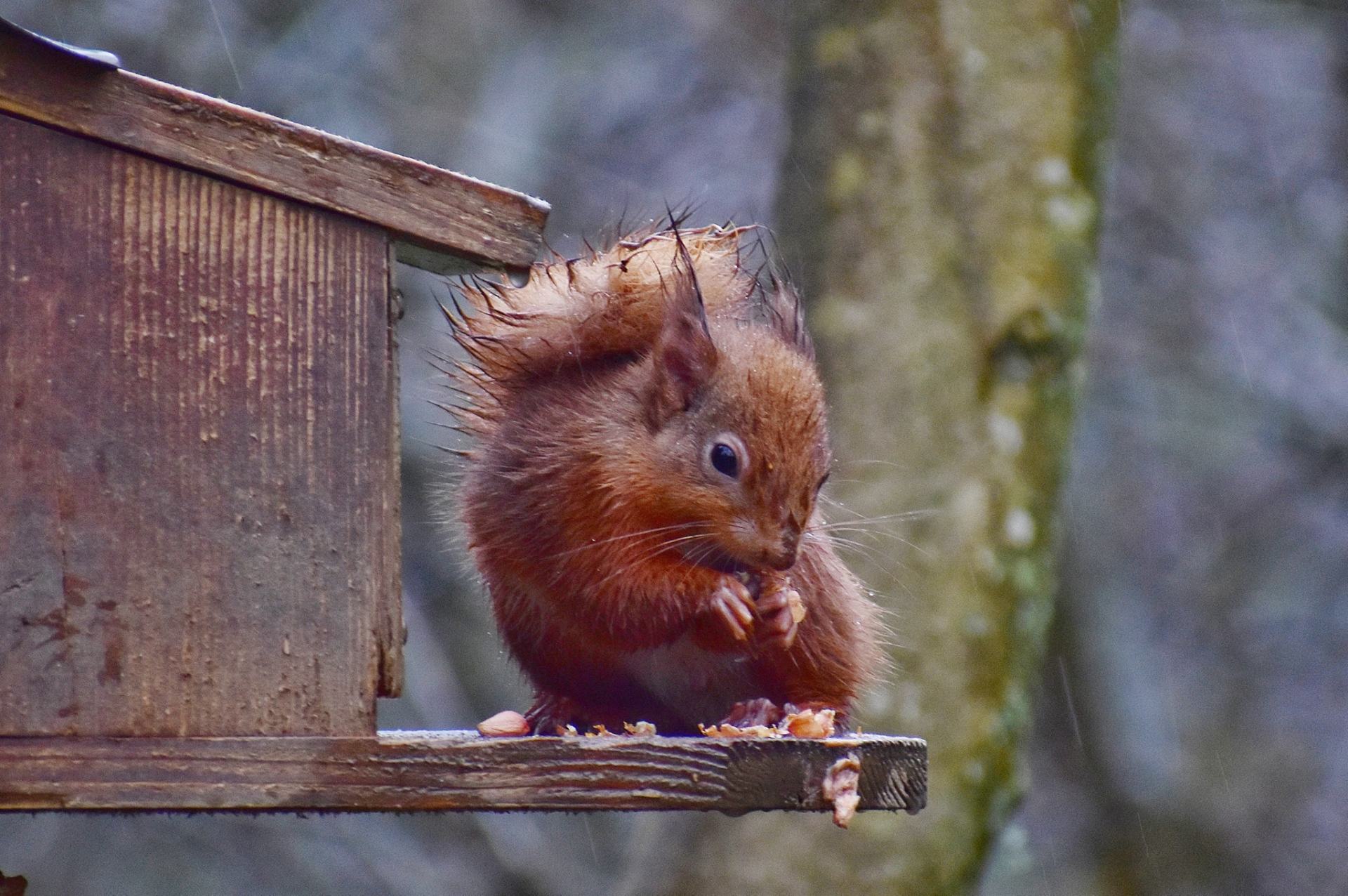
Reporting Red Squirrel Sightings Red squirrels were once widespread throughout Scotland. There are still many places you could encounter one today, from the conifer forests of Galloway, to the Atlantic hazel woodlands of Argyll, to the country estates of Tayside or the Caledonian pine forests of the Highlands. Red squirrel populations have seriously declined, with only around 120,000 remaining in Scotland. This species has not been recorded in many areas of the country in a number of years. Threats to the declining red squirrel population include the invasive non-native grey squirrel, destruction of woodland and habitat fragmentation. Surveys are an important way to gather relevant data to inform the presence of red squirrels across Scotland. However, random individual sightings by members of the public are also informative, and are therefore encouraged by the Saving Scotland’s Red Squirrels partnership. This partnership project is working to ensure red squirrels continue to be a part of Scotland’s special native wildlife. To submit any sightings of red or grey squirrels go to https://scottishsquirrels.org.uk/squirrel-sightings/ The above Scottish Squirrels site is a useful resource not only to submit your findings, but to find out more about this species, including current news and projects, and also an interactive map detailing the location of squirrel sightings across Scotland.
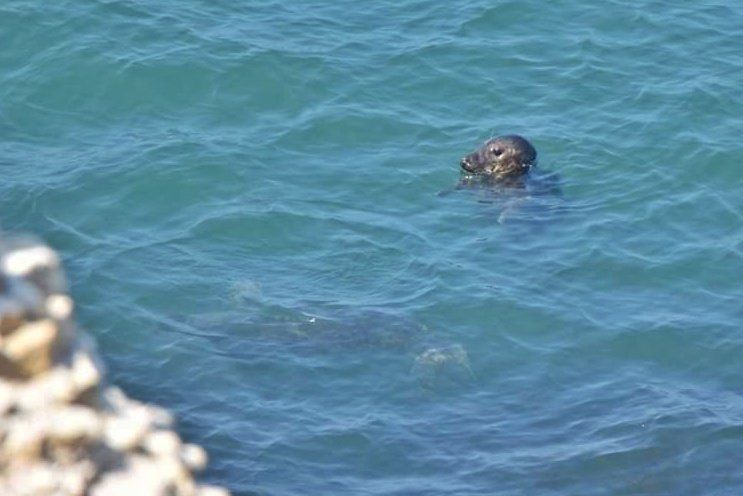
Marine Mammal Observers (MMOs) monitor the presence of marine mammals during activities such as geophysical surveys (e.g. seismic surveys used in the exploration for oil and gas) and construction projects (e.g. offshore wind farms, harbours, bridges, etc.), and provide advice to ensure that operations comply with relevant guidelines to reduce the risk of injury or disturbance to marine mammals.
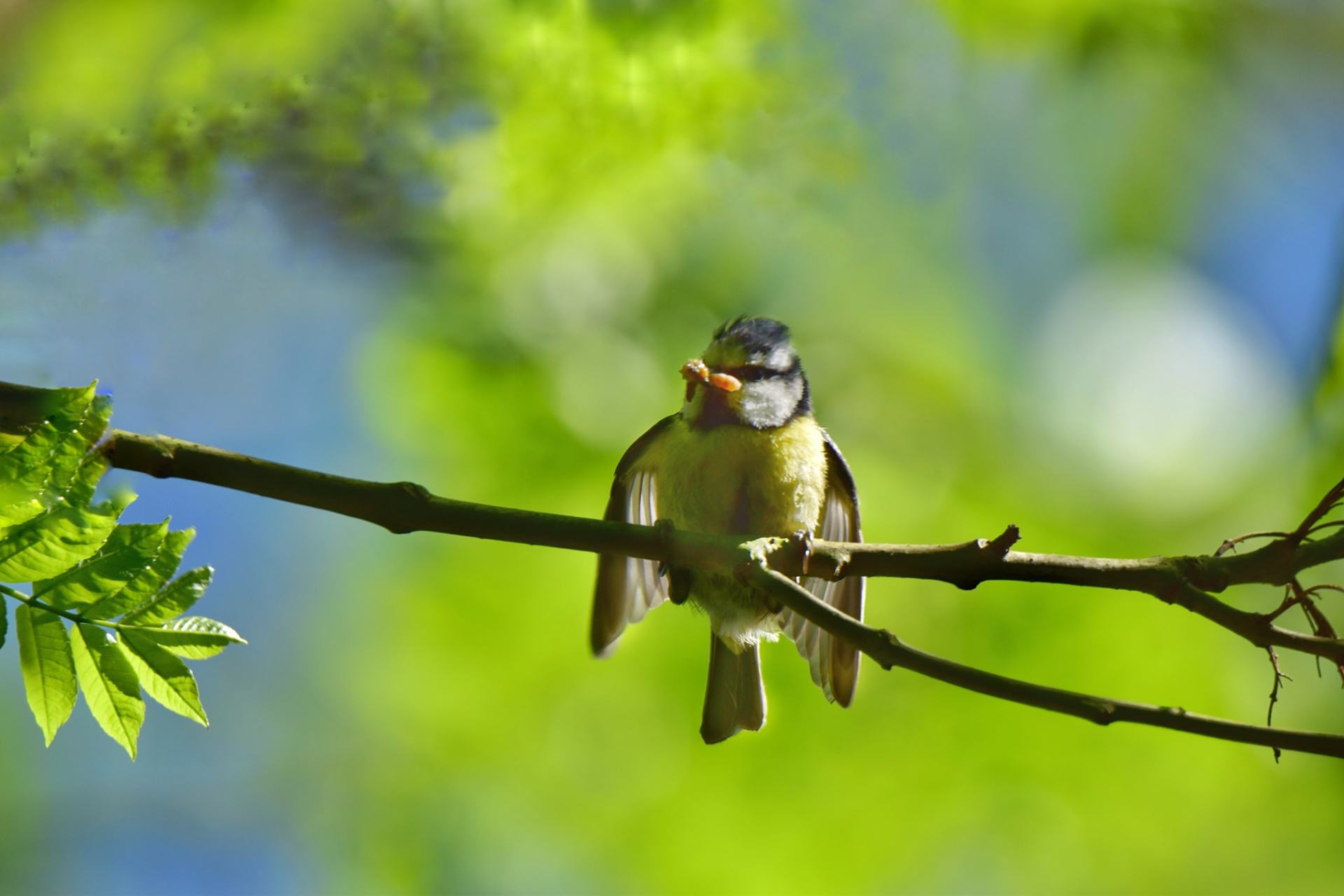
Whether you are isolating at home alone, or with family, there are many wildlife activities that you can take part in from your window or garden. As many of you will have seen across social media, wildlife across the globe has been benefiting from the decrease in humans day to day activities. So why not make the most of your time at home, and the good weather to discover more about your local wildlife. There are many organised activities such as: Scottish Badgers have set up a family friendly wildlife Facebook page - Lets Notice Nature . Each week has a different theme and fun activities for all ages. Royal Society for the Protection of Birds (RSPB) has Wild Challenges Family Activities which provides lots of ideas for encouraging wildlife in your garden, from installing bird boxes, making bird baths and bug hotels. By completing the challenges, your kids can also get certificates from RSPB. British Trust for Ornithology (BTO) run a Garden BirdWatch project (which you can currently sign up for free) - by taking part, you are not only enjoying the birds in your garden, but are contributing to important scientific research. The only skills you need are to be able to ID common garden birds. Bat Conservation Trust (BCT) run a Sunset/Sunrise survey, which is an ideal survey if you don't have previous bat surveying experience. Simply head out at dusk or before dawn, or both! Spend an hour in your garden or walking around your local area and look out for bats. You can carry out your survey anytime from April to September, and don't need to have special equipment. All you will need is a survey form, pencil/pen, torch, watch. Spend an hour looking for bats and any other nocturnal animals you can see or hear. If you don't want to get involved in these organised activities why not grab your camera, o r simply just sit back in a comfy chair with a cup of tea and enjoy relaxing with nature.
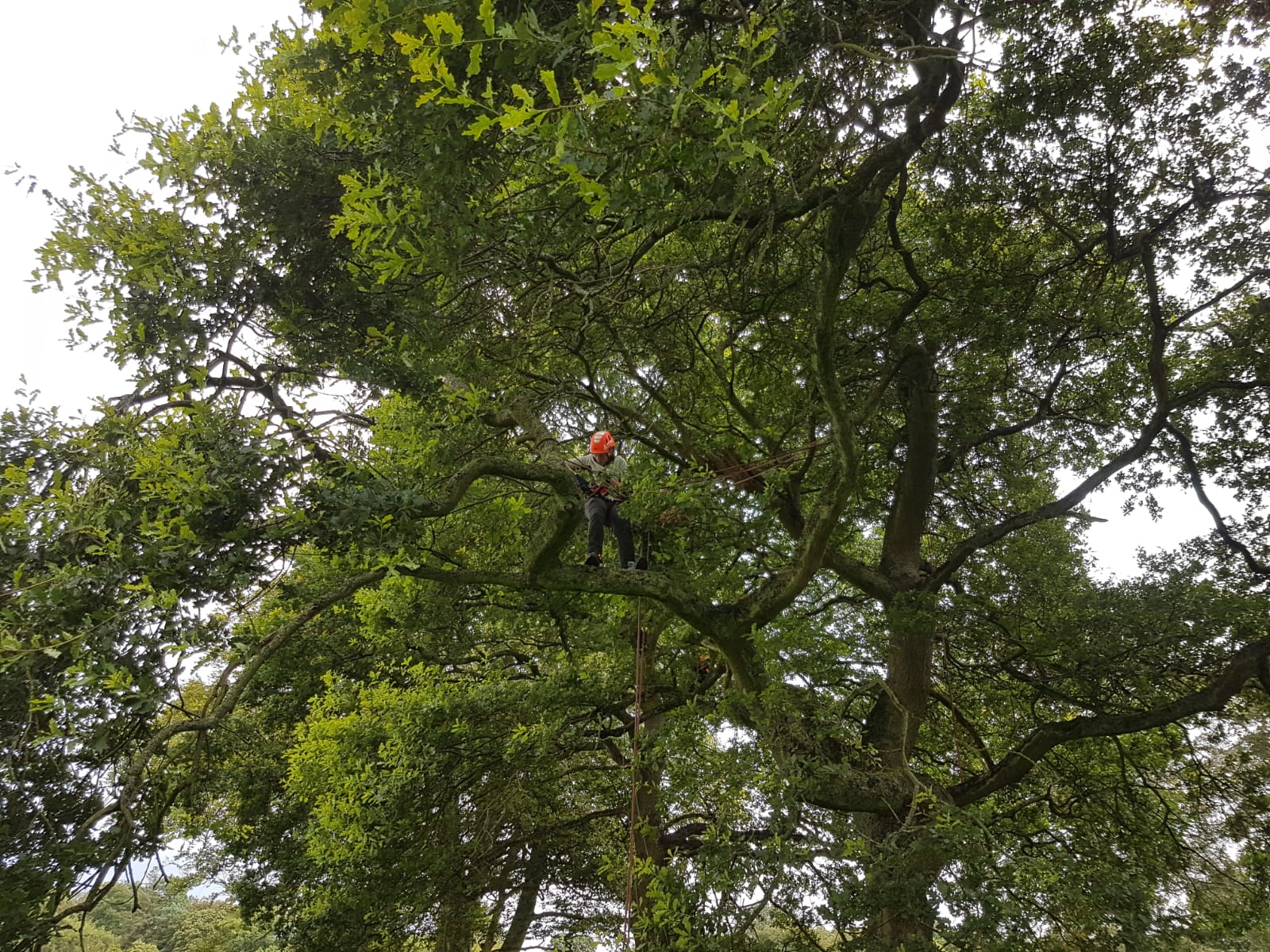
Scotland is home to ten species of bats, all of which are classed as European protected species, and receive full protection under the Conservation (Natural Habitats, &c.) Regulations 1994 (as amended). Bats use three main types of roost: buildings such as houses, churches, bridges and schools – most important in summer, though some are used all year underground places like caves, mines, cellars and tunnels – these provide the cool, sheltered and stable conditions for hibernation tree holes – used throughout the year Many developments may directly or indirectly impact upon bats including loss of roosts, foraging and commuting habitats. At R & D Ecology we have experience in undertaking bat surveys, and have completed CPD (continual professional development) training to build and maintain our knowledge. This training includes tree climbing and aerial rescue (NPTC 206 & 306 (CS38)), endoscope survey techniques and best practice mitigation. Climbing is an excellent means of undertaking bat roost assessments within trees, and often the most effective. Generally the first stage of assessing trees is undertaken from ground level (preliminary ground level roost assessment), which highlights potential features that may support bats. Where potential for bats roosts are highlighted during this initial assessment, further surveys are required to confirm the absence/presence of bat roosts. Potential Roost Feature (PRF) inspection surveys (tree climbing) are valuable to prevent unnecessary dusk/dawn activity surveys, where a ground assessment has highlighted a potential roost feature to be of high suitability, but are actually of limited or no suitability for roosting bats. Feel free to get in touch to discuss your bat survey requirements.
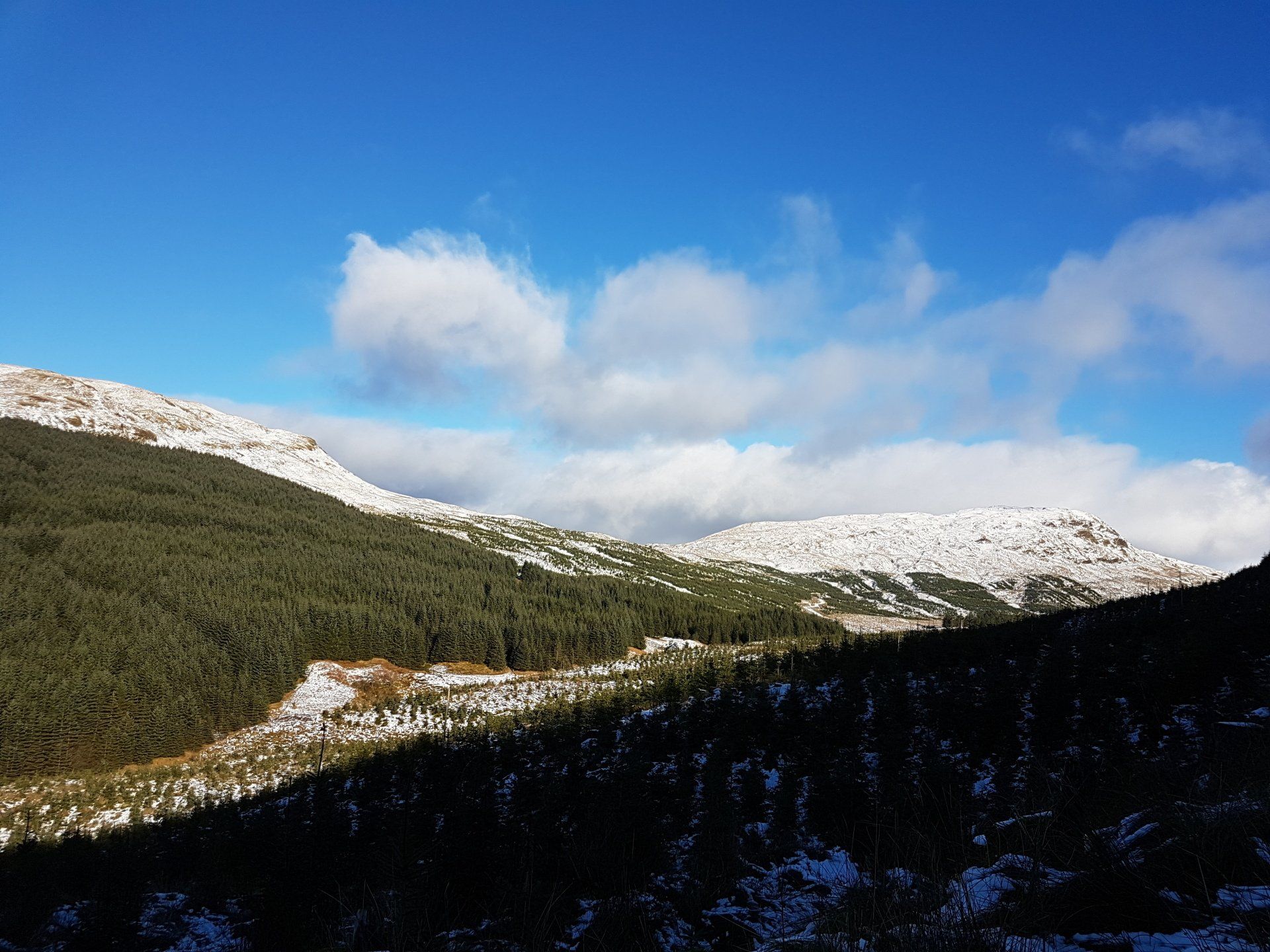
It has been a busy and exciting start to the year for R & D Ecology. We have been busy undertaking surveys and assessments for a number of projects, trying to make the most of the sunny winter days we have been having in between the days of rain and snow. Although it feels a long time until spring will be here, and the start of the main surveying season for many species (such as bats, breeding birds, great crested newts etc.), it is advisable to plan ahead to ensure that all required work is scheduled in, preventing delays to your project. Feel free to contact us and discuss how R & D Ecology can assist with your ecology needs.
